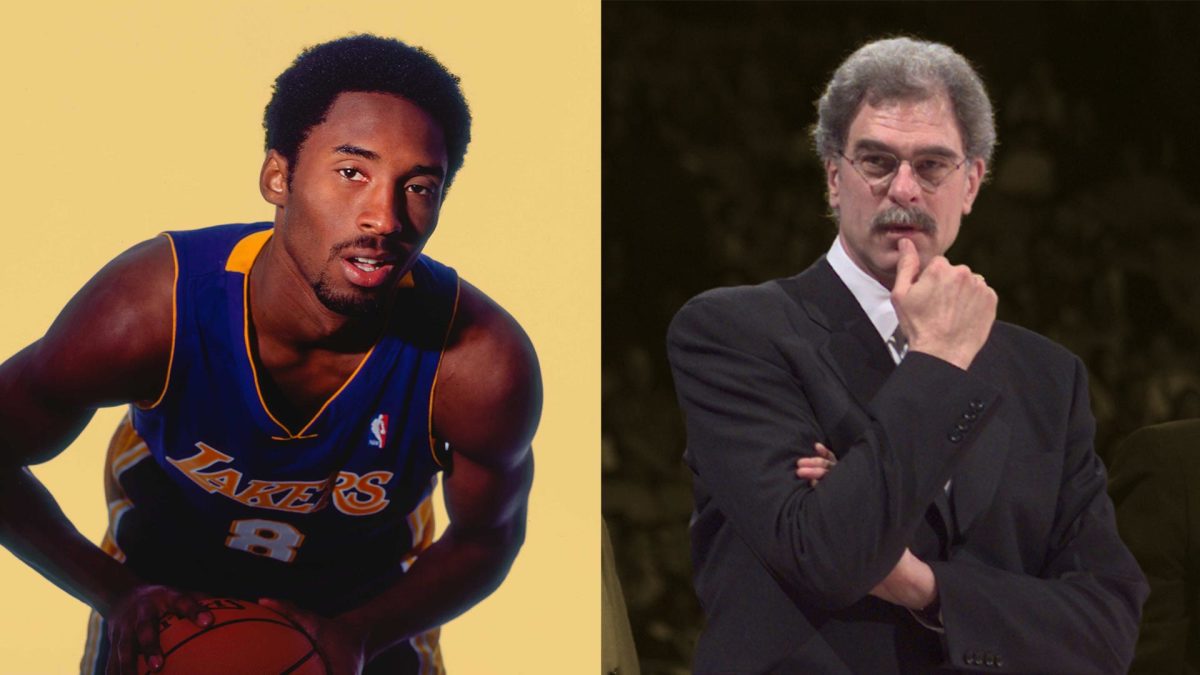“I don’t know if I’m gonna be a Hall of Fame player if I’m only averaging 19 points a game,” Jackson says. Kobe used to doubt he’d ever become an all-time great originally appeared on Basketball Network.
The weight of greatness often announces itself early.
Advertisement
It didn’t take long for Kobe Bryant. At just 18 years old, fresh off being drafted straight out of Lower Merion High School, he stepped into the Los Angeles Lakers spotlight. But he wasn’t alone. Standing in the middle of the paint was Shaquille O’Neal, already a league titan and a generational force.
In that dynamic, Kobe wasn’t yet a co-star, because he was still learning how to fit into a machine that revolved around one dominant figure. And that didn’t sit easily with someone wired the way Bean was.
Bryant’s commitment
Phil Jackson, who would later become the architect of their three-peat dynasty, recalled a conversation that revealed the inner workings of a young Bryant’s mind.
Advertisement
“His first year was like, ‘I don’t know if I’m gonna be a Hall of Fame player if I’m only averaging 19 points a game. Shaq’s averaging 30,” Jackson said, recalling what Bryant felt. “He calls up Jerry West and says, ‘How did you and Elgin [Baylor] both score 30 points during your careers? They must have done it four or five years consecutively, they averaged 30-plus points those two guys.”
Jerry West was the man who had drafted him and seen potential that few others recognized.
Bryant wasn’t just trying to survive the NBA; he was strategizing how to thrive in a rarefied space. At a time when most rookies are content just finding minutes, he was already plotting how to carve his name into history books.
Advertisement
West and Elgin Baylor coexisted in the 1960s as dual engines of the Lakers’ offense, managing to each post over 30 points per game for multiple seasons despite the absence of the 3-point line.
For Bryant, understanding that blueprint meant unlocking the coexistence of two supernovas, himself and O’Neal, without having to shrink his own light. It also showed his early obsession with legacy, numbers, and the subtleties of team balance.
Even as a teenager, Bryant believed in his own potential without external validation. He craved a map that would show him how to express his full self while playing within a system and sometimes in the shadow of a dominant post player.
Advertisement
His rookie season saw him average a modest 7.6 points per game, but he knew that wasn’t the full picture. The following year, he doubled that output to 15.4 points per game as his minutes expanded and his presence on the court became more of a staple than a novelty.
Bryant’s rise
There were signs early on, flashes, even that something special was forming beneath the surface for Kobe. He was voted an All-Star starter in his second season, the youngest ever at the time and he didn’t shy away from the spotlight. Then came 1999. That year, everything shifted.
Advertisement
Jackson took over the reins of the Lakers, bringing with him the triangle offense, the championship pedigree from the Chicago Bulls and a sense of order to what had been a chaotic, underachieving roster.
Jackson saw in Bryant a reflection of Michael Jordan’s obsessive nature, his will to dominate, dissect opponents, and find ways to make scoring look effortless.
Phil understood what few coaches could, that Kobe didn’t need to be told what to do. He needed guidance on how to channel the fire that burned through him every time he stepped onto the hardwood.
Advertisement
“So I know that Kobe’s itching to score and when he comes back the second year, he’s determined that he’s going to be in the scoring,” Jackson said.
In the 2000–01 season, Jackson’s second year in charge, Bryant’s scoring numbers jumped from 22.5 to 28.5 points per game, a six-point leap. He was the other half of a two-headed monster that would lead the Lakers to three straight championships. His scoring came with rhythm, timing and knowing when to assert himself within his famously intricate triangle system.
Bryant’s evolution was designed, methodically, intensely and with intention. From the early call to West to the fierce battles behind closed doors with O’Neal, he was always building.
Advertisement
He was laying a foundation that would support five championships, two Finals MVP awards, one of the game’s greatest scoring legacies, and an eventual Hall of Fame career.
This story was originally reported by Basketball Network on Jul 24, 2025, where it first appeared.

